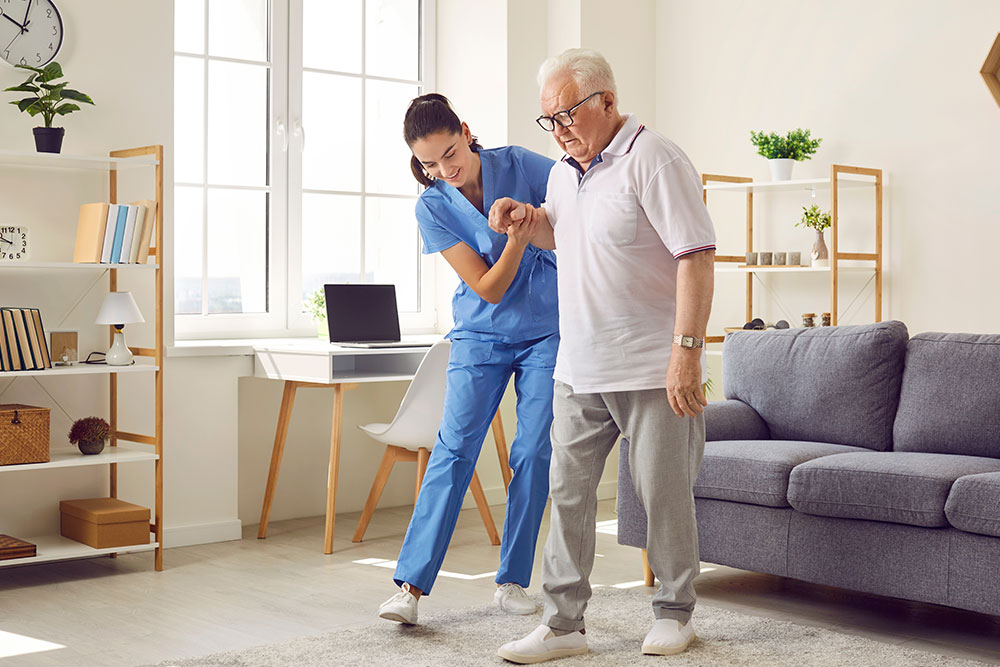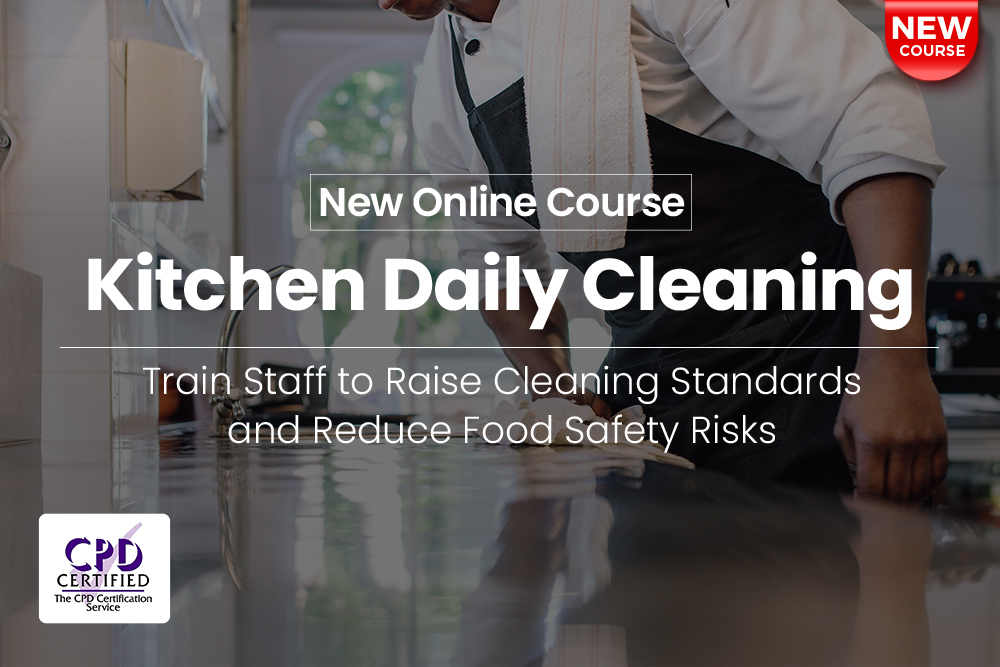
Risk assessment is the foundation of health and safety. Every piece of safety legislation will mention, in some way, the need to assess activities for risk and to prevent harm. We even use risk assessments in our everyday lives without realising it. We assess the safest way to travel, to lower the risk of being stranded somewhere when we’re hit with extreme weather conditions, for example.
In the workplace, risk assessments are required by law. Without carrying out a risk assessment your people can be harmed and you can be faced with fines and even prosecution. So, it’s good to know when a risk assessment should be carried out. By doing so workers are kept safe and management is kept out of court. Before we answer this question, let’s look at what risk assessments are.
What Is A Risk Assessment?
Many of us are aware of the need for a risk assessment at work but may not know exactly what they actually are.
A risk assessment is:
Health & Safety Executive (HSE)
Risk assessments are a way of looking at workplace hazards and evaluating the risks, then seeing what you can do to prevent anyone getting hurt or property getting damaged.
Risk Assessment Training
Our Risk Assessment Training provide vital information to recognise and eradicate a hazard that can cause harm within a workplace or an organisation. Risk assessment is the keystone of safety and health that helps identify and mitigate the possibility of such hazards to ensure safety for all.
Risk Assessments Are Required by Law
This is made clear in the Management of Health & Safety at Work Regulations. This is what it states:
- Every employer (and (2) self-employed person) shall make a suitable and sufficient assessment of –
- the risks to the health and safety of his employees to which they are exposed to whilst they are at work; and
- the risks to the health and safety of persons not in his employment arising out of or in connection with the conduct by him of his undertaking
This means you need to assess what can cause harm to your workers or anyone who may be affected by your work, even if you’re self-employed. This covers visitors to your premises, contractors you sign up to work for you and members of the public who may engage with your services.

When to Do or Review A Risk Assessment
A Hereford sawmill company was fined £200k after a worker lost their life when a lift conveyor collapsed on top of them.
The incident occurred in 2017 when two employees were working below a lift conveyor to remove wood debris. The equipment was faulty at the time, preventing the conveyor from coming down. While the employees were working underneath it, the conveyor suddenly came crashing down, fatally injuring one employee and causing head injuries to the other employee.
The HSE carried out an investigation and found that the company had failed to carry out a risk assessment for this unplanned maintenance task.
Key to this is that anytime anything changes in your operations, the HSE requires you to do a risk assessment. Examples include when you are…
Starting New Workplace Activities
Before starting a new activity or implementing a new process that hasn’t already been risk assessed, you must look at assessing what risks will be introduced to the workforce, so that you can put mitigating controls in place.
You may be thinking that all risks associated with the task may not be foreseeable until you actually see it taking place, and you have a point. This is why it is important to involve those who are exposed to the risk at this stage. Get them to take part in the risk assessment exercise because they can offer their knowledge of the task, what and how equipment is used.
Changing Workplace Activities
Whenever there is a change in the way you do things, you have to carry out a risk assessment. A change may include:
- New workplace premises
- Additional tasks added to a process
- Working in differing environments – taking outdoor work indoors, working at night instead of during the day
- Using new technology
- Using new substances
In some cases, you may need to start the risk assessment again from scratch but there will be times when all that you have to do is a review of the existing risk assessment and make the necessary amendments. By doing this your risk assessments adequately reflect the changes to your work processes.
Changing Personnel
What if the people doing the work changes? You must update the risk assessment when there are personnel changes, just like you must do when there are changes to activities. You must consider new workers, young people, new and expectant mothers, workers returning from sick leave or those with disabilities when you’re looking at workplace risks.
So, when your workers’ situations change or you need to reduce or increase the numbers of people exposed to a risk, you must review the existing risk assessment to see if it’s suitable. If not, a new one is needed.
Do You Need to Document Your Risk Assessment?
The law also states that if you have five or more employees you must have documented risk assessments.
If you have less than five on your staff, you don’t have to document your risk assessment. But it’s a good idea to do so. Having your risks laid out helps to understand what they are and how you are preventing harm with the control measures you have put in place.
All risks should be communicated to your workers, regardless of how many you have. And if you deliver a service, you may find that service users ask for your documented risk assessments, so having them on hand is a good idea.
Skill Up with Risk Assessment Training
Risk assessments aren’t as daunting as they may sound. You can hire an external health and safety advisor to carry them out on your behalf or you can learn how to do them yourself. Why not start with our Risk Assessment Training course.
This course will take you through all the steps of risk assessment, help you to understand the hierarchy of control and what the key hazards are in the workplace.





















